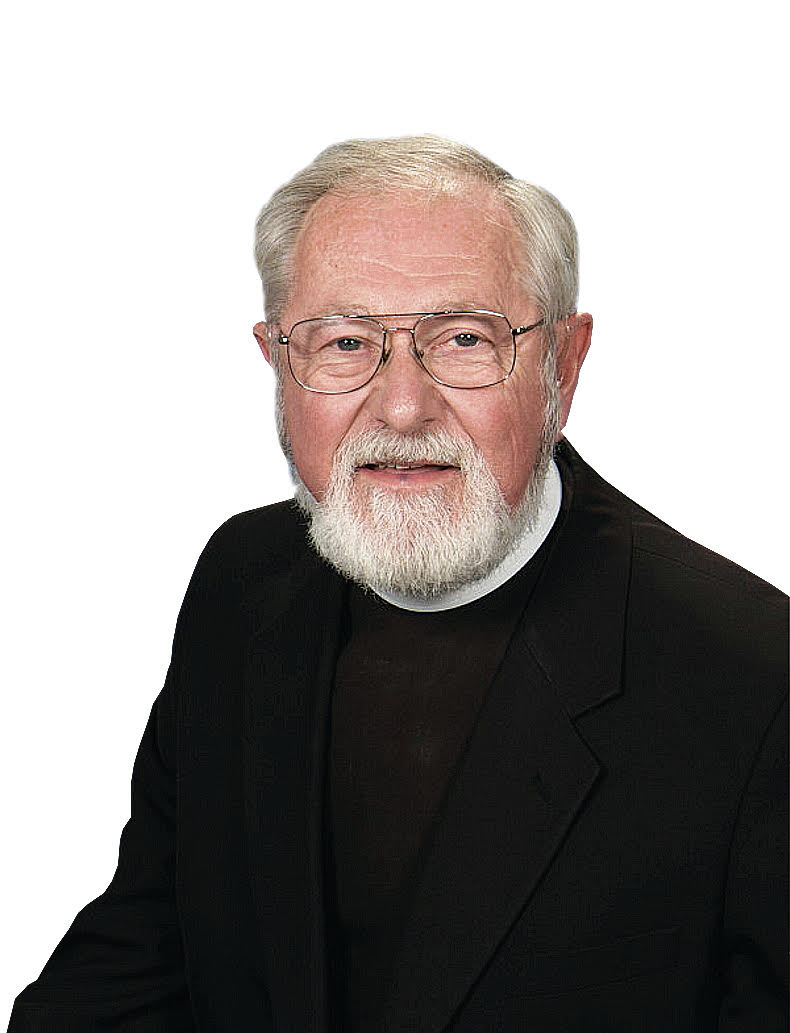This week we enter our celebration of the 175th anniversary of the founding of our archdiocese back in 1843. It’s always helpful to take a quick look back in order to review the path, discover the

pattern and see how far we’ve come. Every epoch of our journey has entailed a new struggle toward unity. First, there was the integration of countless ethnic groups into the American mainstream, and then the quest for justice for workers in harsh factory environments, and then the effort to find respect for our Catholicism amid early American prejudice and suspicion of our religious convictions … and then the simmering racial inequality. Only with God’s help over time and much human effort was a mutually respectful American unity achieved, though the sin of racism continues to be a serious moral challenge.
Perhaps it’s helpful to remember that some of the same patterns have in fact been the substance of the Christian struggle from the very beginning.
The first major challenge to earliest Christianity was the relationship between Jews and Gentiles. The apostle Paul was at the heart of that debate, insisting that each have their own style while seeking unity of faith in Christ. The so-called Council of Jerusalem agreed with Paul (Acts 15:22-29) and “the Church Christian and Catholic” first came into being, somehow mysteriously present in each local community.
At the same time, however, Paul faced other battles for unity among believers. His genuine love for the little Christian community at Philippi, for example, was strained by a disagreement (whatever it may have been about) between the women leaders of two house churches in that city, namely Euodia and Syndyche (Phil 4:2), whose argument threatened the peace of that mission. Paul repeatedly insisted on his love for all of them.
A string of early heresies threatened the unity of the Church as Christians argued with each other over how to speak of the mystery of Christ. Saint Athanasius of Alexandria (+373) entered that battle vigorously. It was the Emperor Constantine who finally blew the whistle and summoned the bishops to his great Council of Nicea (325 A.D.) to find new unity in words now enshrined in the Creed which we recite each Sunday morning.
Saint Augustine of Hippo (+410) entered the fray over how to handle those who had caved under the Roman persecutions versus the purist Donatists who refused to tolerate any moral weakness among clergy or faithful. Then the arrival of countless barbarians from the north with different forms of liturgy, language and life created new tensions which weren’t really resolved until Charlemagne was crowed Holy Roman Emperor in 800 A.D.
Differences in ideas and pastoral practices between Eastern and Western Christianity festered and flared for centuries, but it was the dreadfully savage attack on Constantinople by the “Christian” western soldiers of the Fourth Crusade in 1204 A.D. which created the tragic break in Church unity still unhealed even until this day.
Curiously, amid all those arguments, the fact of race never entered their frays. In fact, the Scriptures and subsequent early centuries were completely color blind. No one was ever described or differentiated by the hue of their faces.
Then the bitter and bloody battles of the Reformation in the 16th century tore Europe apart. Jesuits and Dominicans and Franciscans were also pulled into their own theological arguments. They argued heatedly over how best to hold Christianity together around the unity of the Pope … and then how best to extend a mission to the south or east. It would seem to be Christians who explained the tepid response of other peoples to Christian preaching by first noting the color of their skin.
Only the past century has witnessed a new softening of ancient arguments and a growth in mutual respect among Christians. The ecumenical movement, initially tentative and cautious, gradually discovered that the differences, occasionally substantial, were more often only in language used and degree of emphasis. Unity in faith could be real.
Unfortunately, against all that history of bitter religious bickering and battle – which we had hoped might be finally healed by a deepened mutual respect and civility – we seem to have stumbled into an age of new civic hostility. I was deeply saddened last week when two deeply committed small-town, main-street Americans interviewed on national TV, each espousing contrary opinions on the hotly debated issues of the moment, simply could not find anything good to say about the other, and refused to try.
Economic and political and racial issues have torn us apart. We now seem to gravitate toward segregated communities which no longer feel the need or the desire for candid respectful conversation across the borders. Our political leaders seem to intensify the disease rather than seek to heal it.
A powerful antidote to the disease of bigotry in our American society occurred Monday evening, Oct. 29, at the Synagogue Beth Israel Ner Tamid in Glendale. Hundreds and hundreds of people from all the religious traditions of our metropolitan Milwaukee community gathered to profess support for the newly frightened Jewish families of our city after the terror of Pittsburgh. Religion can heal, not only divide.
This 175th archdiocesan anniversary is a grand moment to celebrate our efforts over so many years to find new levels of unity amid the arguments of the day. It’s the pressing need of the moment. It also happens to be the perennial Catholic gift to the larger world.
– Bishop Richard J. Sklba
